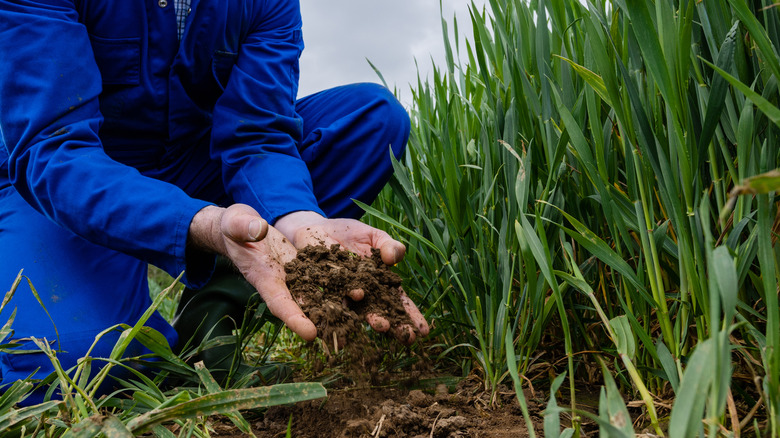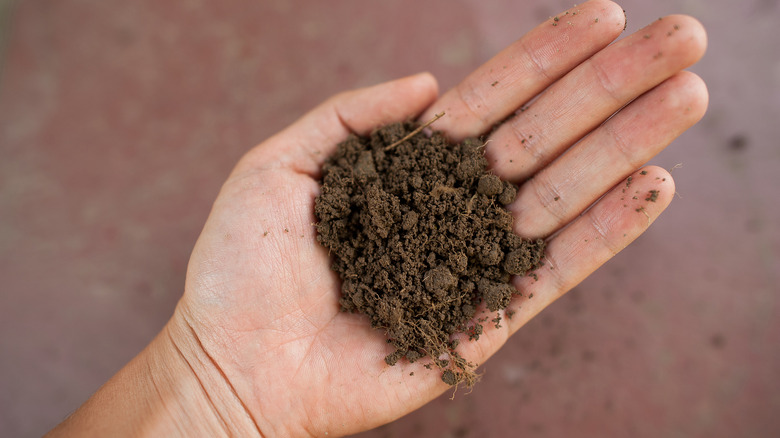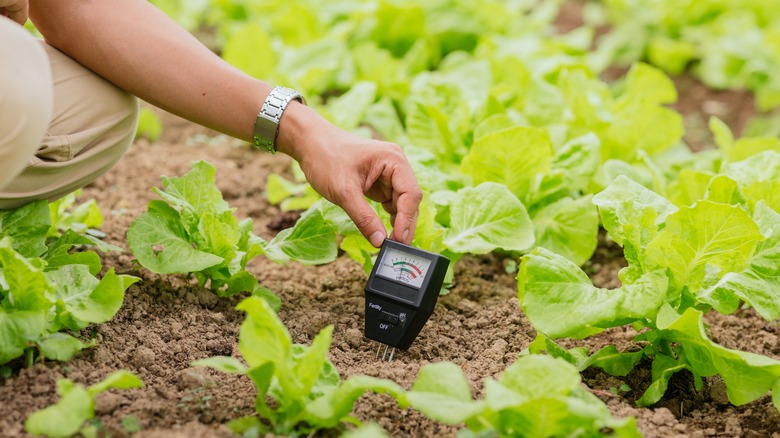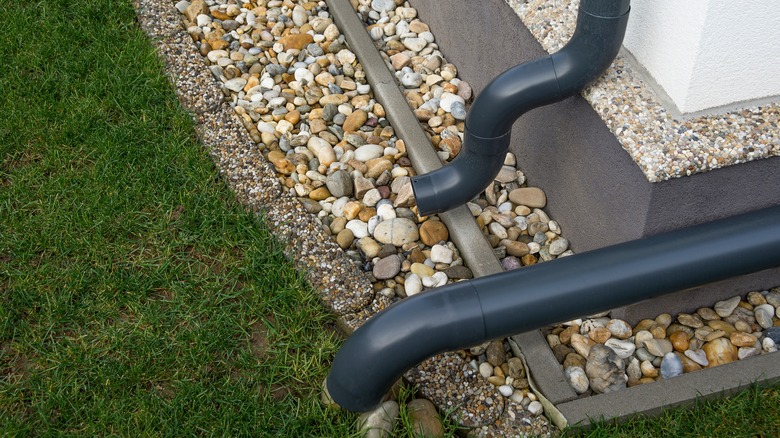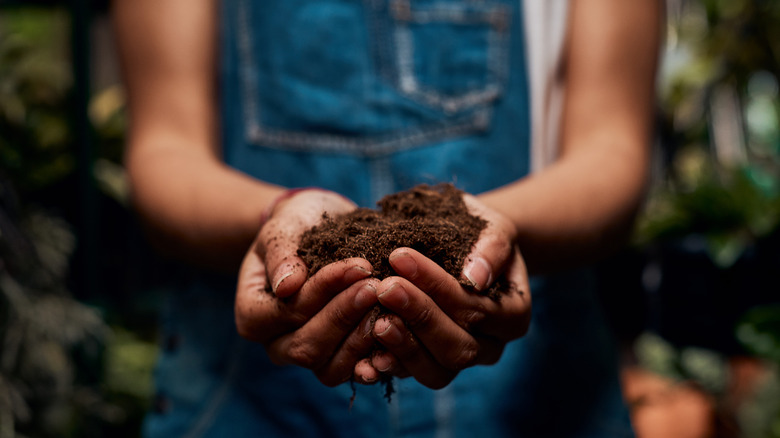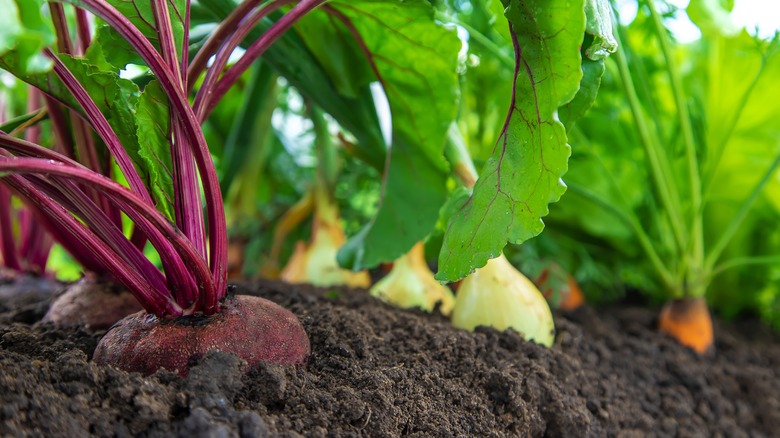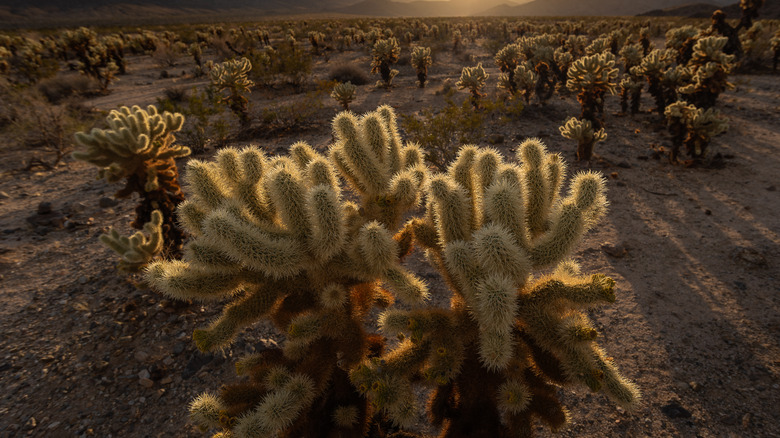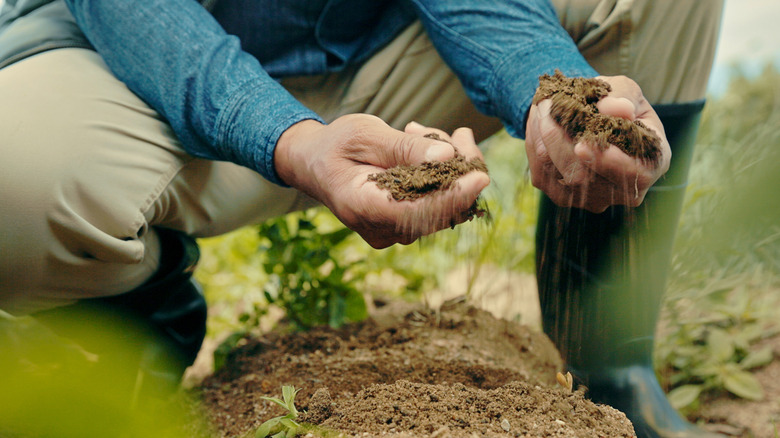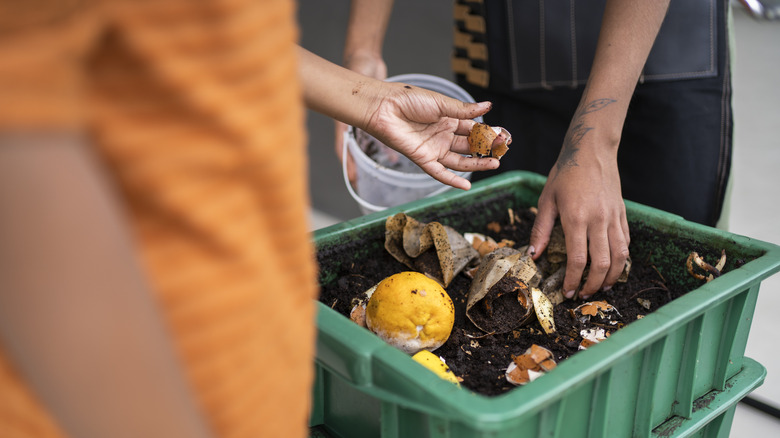What You Should Know Before Gardening In Loamy Soil
As you step into the world of gardening, knowing the ground beneath your feet — quite literally — can set the stage for your success. You've likely heard of loamy soil, often praised as the ideal growing medium, but what really makes it stand out in the gardening world? Let's unpack this together, focusing on the practical aspects that directly impact your gardening journey.
At its core, loamy soil is about balance. It's the sweet spot where moisture meets aeration, where roots find their happy medium. Think of it as the all-rounder in the soil league – not too dense, not too loose, but just right for most plants you might dream of nurturing. This is thanks to its balanced mixture of sand, silt, and clay. But why does this matter to you, the gardener? Well, this balance offers a harmonious blend that meets various gardening needs. It translates into fewer struggles with watering, better plant health, and, ultimately, a more rewarding gardening experience.
Now, loamy soil isn't a one-size-fits-all solution. It comes with variations, each tailored to specific gardening needs. Whether you're cultivating delicate flowers, robust vegetables, or even fruit trees, understanding these nuances can make a significant difference. It's about matching the right type of loamy soil to your plants' needs, ensuring they get the best possible start.
Understand what a loamy soil composition is
Purdue University's insights into soil science illuminate how these three fundamental soil particles (sand, silt, and clay) play distinct roles in the health and functionality of your garden. The particles of sand are the largest of the trio. They create space for air to flow freely, ensuring roots have the oxygen they need to thrive. However, their size also means they are less adept at retaining water, which can be a challenge for plants that require consistent moisture. Conversely, clay soil has particles that are much smaller in size, which act as the soil's retainers. They excel at holding onto water and nutrients, providing a sustained supply to plants. But this comes with a trade-off: Clay can make the soil overly dense and prone to waterlogging, limiting the necessary airflow to plant roots.
Silt particles, with their medium size, offer a middle ground. They help moderate the soil's texture, balancing the extremes of sand and clay. Silt contributes to the soil's overall stability and moisture retention, ensuring plants get the right amount of water without the risk of drowning or drying out. In loamy soil, these three types of particles combine in roughly equal amounts, resulting in a soil type that's versatile and highly beneficial for gardening. But loamy soil is not just a singular entity; it has its variations, each suited to specific gardening scenarios. They include sandy loam and clay loam, for example. These variations cater to the diverse needs of different plants.
Why the nutrient-holding effects of loamy soil are important
The nutrient-holding effects of a particular type of soil are pivotal in determining the health and productivity of a garden. Gardeners, landscapers, and agriculturists often seek out soil that can support robust plant growth, and this is where the ability to hold and supply nutrients becomes crucial. This characteristic is not just about feeding the plants; it's also about creating a sustainable environment where plants can access the nutrients they need when they need them. A 2012 paper in the journal Molecules sheds light on why this soil type is highly valued in agriculture. One of its key attributes is its nutrient-holding capacity, which assists with plant growth. A soil that retains nutrients effectively can support more intensive farming practices and yield healthier, more nutritious crops.
Further emphasizing the importance of these nutrient-holding properties, a 2018 study published in the Scientific World Journal found significant correlations between soil type and the nutritional content of crops. The study noted the highest values of vitamins A, C, and E in crops grown in loamy soils, which is a further testament as to why this type of soil is highly favored. The nutrient-holding capacity of soil is also a key factor in supporting root development, according to a 2011 study published in the journal Advances in Agronomy. Roots are the channels through which plants absorb water and nutrients. A soil that can retain these essentials provides a more conducive environment for root growth, leading to stronger, healthier plants.
How loamy soil affects water drainage and retention
While loamy soil strikes a remarkable balance in retaining moisture, its capability to facilitate proper drainage is equally impressive. Its composition contributes to a well-structured and functional soil, which allows excess water to drain efficiently, preventing the potential pitfalls of waterlogging, a condition that can severely impact plant roots and overall health. Waterlogged lawn soil is akin to a flooded basement in a house — it's an environment where essential functions are hindered, leading to detrimental consequences. For plants, waterlogged roots suffer from a lack of oxygen, a critical element for their growth and nutrient uptake. The good drainage properties of loamy soil, therefore, act as a safeguard and never cross into the harmful territory of being water-saturated. Moreover, this drainage isn't just about getting rid of excess water. It's about creating a dynamic environment where roots can breathe, grow, and absorb nutrients efficiently.
Furthermore, good drainage influences the soil's microenvironment, fostering beneficial microbial activity that contributes to soil health and plant growth. These microbes thrive in conditions where there's a balance of moisture and air, which loamy soil adeptly provides. The drainage capability of loamy soil also plays a significant role in preventing soil erosion. When soil is compacted or waterlogged, it's more susceptible to being washed away during heavy rains. Loamy soil, with its well-defined structure, reduces this risk, providing a stable foundation for plants to anchor themselves.
Know how to tell if your soil is loam
If you're wondering whether you have loamy soil, there's a simple, hands-on ribbon test that gardeners have long used to determine their soil's texture and type. This test also connects you more intimately with the very earth that nourishes your garden. Start by gathering some garden soil in one hand. Next, add the right amount of water to the sample so that you can mold it. The texture and consistency of this soil are your first clues.
Now, gently make a ball from the mold, pressing it down between your thumb and fingers and extending it into a ribbon. If your soil is loamy, the ribbon will extend for about 25 mm before it breaks. Furthermore, it should be easy to manipulate without being too sticky. It may also create a ribbon that feels smooth to the touch, often with a slightly greasy texture indicative of its well-balanced nature. This isn't something to be alarmed about; it's a good sign indicating the presence of organic matter, which, as mentioned earlier, is a key component in healthy soil, providing nutrients and improving soil structure. It's what gives loamy its unique and desirable characteristics.
The types of plants that thrive best in loamy soil
The suitability of your soil for various plants is a crucial aspect of gardening, and certain types of soil are like a universal key to a diverse garden. When it comes to accommodating a wide variety of plants, from the delicate to the hardy, loamy soil stands out for its versatility. Consider, for instance, the requirements of fruit trees. These stalwarts of the garden need soil that can support their deep roots and provide a steady supply of nutrients. They also require a delicate balance of moisture and drainage to flourish, conditions that this soil provides expertly.
Moving to the vegetable patch, plants like beans, peas, and onions also find their ideal home in this soil. Likewise, perennial flowering and annual bedding plants all benefit from the balanced nature of this soil. It offers them the right mix of nutrients, moisture, and aeration, which are critical for their growth and flowering. The key to this soil's success lies in its balanced texture. It's like the perfect recipe — a bit of this, a bit of that — resulting in a medium that is neither too dense nor too loose. This balance ensures that the roots can breathe, the water can percolate, and the nutrients are available just when the plants need them.
Know what types of plants don't like loamy soil
As previously mentioned, it's crucial to match the right type of soil with the specific needs of your plants. This becomes especially evident when we consider plants native to arid environments, such as cacti and succulents. These plants have adapted to thrive in conditions that are quite different from what many other plants prefer and are accustomed to. This is due to the sandy soils found in their natural habitats. As mentioned earlier, these soil types are known for their rapid drainage and ability to warm up quickly, which is key to preventing root rot, the leading cause of death in succulents when subjected to excess moisture. Likewise, overwatering cactus plants is a big no-no. It might seem unusual that a plant doesn't need to be watered often, but when you consider that their natural environment is desert-like, it makes sense that plants have evolved to survive in environments where water is scarce.
In contrast, loamy soils may not be the best fit for these plants. While such soil types are excellent for a wide range of vegetation, they can pose a challenge due to their higher moisture retention. Therefore, when planting cacti and succulents, it's important to consider using soil that closely mimics their natural growing conditions.
How to make clay and sandy soil more loamy
If you're dealing with either clay or sandy soils, you might want to make them more loamy in texture. If so, one of the most effective ways is to add organic matter. The role of organic materials in gardening cannot be overstated. It is the lifeblood of fertile soil, playing multiple roles that are crucial for plant growth. Organic matter is like a slow-release fertilizer, gradually breaking down and providing a steady stream of nutrients to the plants. This process ensures that your plants receive a balanced diet over a longer period, promoting healthier growth and more bountiful yields.
As clay tends to be dense and can compact easily, it's difficult for roots to penetrate and for water to drain effectively. To improve clay soil, incorporate organic matter like straw, peat, and wood chips, which transforms the clay texture into one that is permeable with improved porosity and drainage. This further improves the soil's aeration, making it more hospitable for plant roots. In sandy soils, organic matter has a slightly different role. Sandy soils are often too loose, which means they can struggle to retain water and nutrients. Organic matter, like compost, will improve sandy soil by acting like a sponge, giving plants a better chance to absorb what they need for growth. Beyond these immediate benefits, organic matter contributes to the long-term health and fertility of the soil.
Understand why loamy soil also requires organic matter
Earlier, we lightly touched on the importance of organic matter when transforming sandy and clay soils into manageable textures. Now, we'll explore deeper into their importance in loamy soils. While these soil types are inherently rich and supportive for a wide range of plants, they, too, require consistent care and nurturing — this is where organic matter comes in. Beyond releasing nutrients, soil that is rich in organic materials encourages the presence of beneficial microbes and earthworms, which play a crucial role in maintaining a healthy soil ecosystem. These organisms also help break down the soil, aiding in nutrient cycling and further enhancing soil quality. So adding organic matter to your loamy soil is not just a one-time fix but a continual investment in the quality of your garden's foundation. Since they decompose over time, these organic materials continuously improve the soil structure.
But the benefits don't stop there. Environmental factors, such as erosion, can deplete the soil of its natural nutrients and structure. Here, organic matter comes to the rescue, replenishing what's lost and keeping the soil in prime condition. Think of it as recharging your soil's battery, ensuring it has the energy and resources to support your garden. When adding organic matter, mix it into the topsoil. Don't confuse topsoil and loamy soil. The former is the uppermost layer, where most root activity occurs. You can spread compost, aged manure, or leaf mold evenly across the soil surface. After spreading it, try to work it into the soil.
